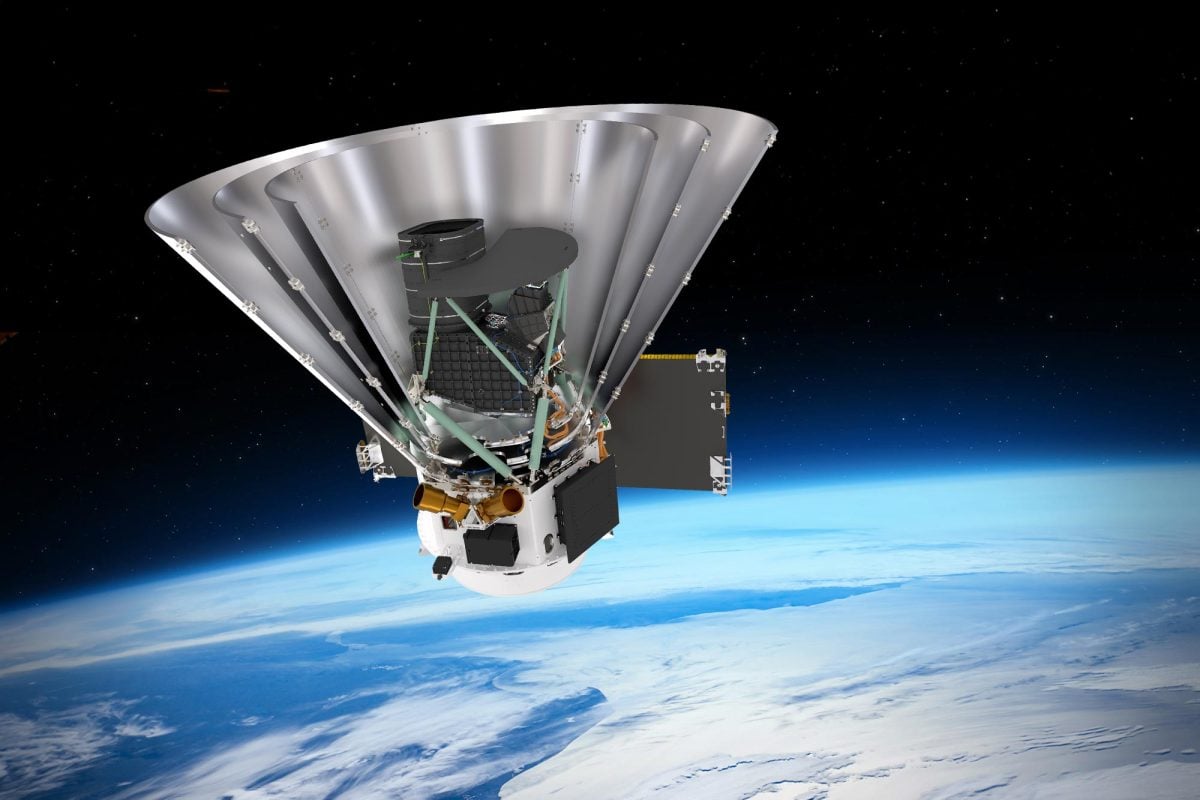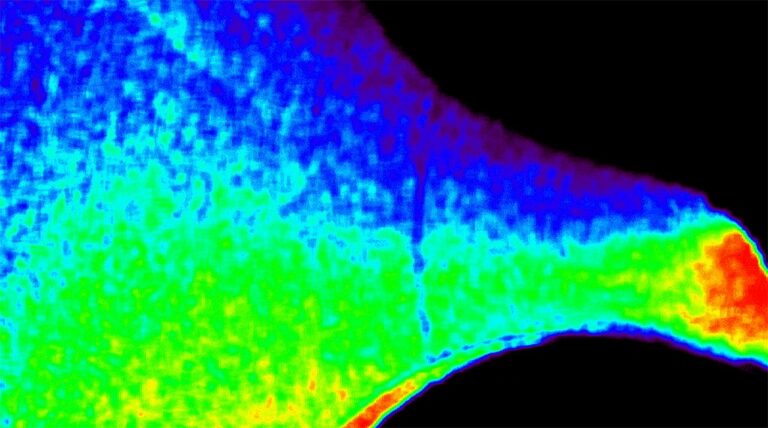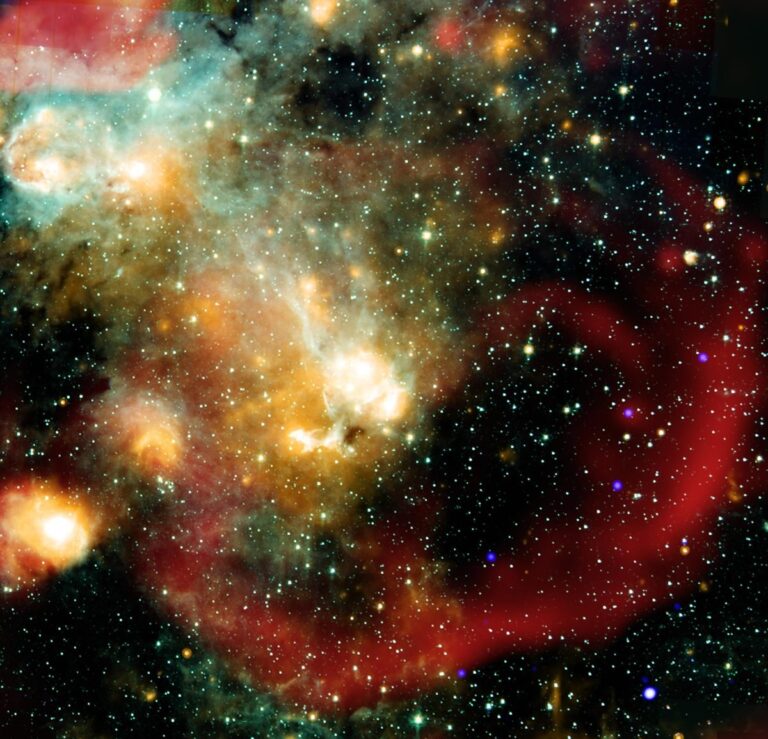NASA and SpaceX are preparing for an exciting space mission scheduled for March 4, 2025, with the launch of SPHEREx and PUNCH aboard a SpaceX Falcon 9 rocket from Vandenberg Space Force Base in California. These two innovative missions aim to explore the cosmos and improve our understanding of solar activity, potentially paving the way for future space discoveries.
SPHEREx: Mapping the Universe in Infrared
SPHEREx (Spectro-Photometer for the History of the Universe, Epoch of Reionization, and Ices Explorer) is an infrared space telescope developed by NASA’s Jet Propulsion Laboratory.
Its primary mission is to map the entire sky every six months in near-infrared light, collecting vast amounts of data to answer some of the biggest questions about the origins of the universe.
Objectives of SPHEREx:
Study Cosmic History: SPHEREx will help scientists analyze the faint glow left over from the Big Bang, providing insights into the formation of galaxies.
Explore the Epoch of Reionization: By studying light from the earliest galaxies, SPHEREx will help determine how the first stars and galaxies transformed the universe.
Investigate Water & Organic Molecules: The telescope will look for water ice and complex organic molecules in our Milky Way, shedding light on the potential for life beyond Earth.
Create a 3D Map of the Universe: SPHEREx will observe millions of galaxies across different wavelengths, helping astronomers understand cosmic structures on an unprecedented scale.
PUNCH: Unlocking the Secrets of Solar Wind
PUNCH (Polarimeter to Unify the Corona and Heliosphere) is a small satellite mission designed to study the Sun’s outer atmosphere (the corona) and how it transitions into the solar wind—the stream of charged particles that flows through the solar system.
Why PUNCH is Important:
Tracks Coronal Mass Ejections (CMEs): These massive bursts of solar material can disrupt Earth’s magnetic field, GPS systems, and power grids. PUNCH will improve our ability to predict such events.
Enhances Space Weather Forecasting: By understanding how solar wind behaves, scientists can develop better models to protect astronauts, satellites, and communication systems from solar storms.
Observes the Sun in 3D: PUNCH’s four small satellites will work together to capture detailed images of solar activity, giving us a more complete view of how the Sun affects space weather.
Launch Details: What to Expect on March 4
Launch Date: March 4, 2025
Launch Vehicle: SpaceX Falcon 9
Launch Site: Vandenberg Space Force Base, California
Mission Type: Scientific exploration (Infrared astronomy & solar physics)
Why This Mission Matters for Space Exploration
The SPHEREx and PUNCH missions represent a major leap in our understanding of space. While SPHEREx will help scientists map the universe in unprecedented detail, PUNCH will play a crucial role in improving space weather forecasting, which is essential for satellite operators, astronauts, and future space missions.
With NASA’s expertise in space research and SpaceX’s reliable launch technology, this mission is expected to expand our knowledge of both cosmic history and solar dynamics. The data collected will influence space exploration, climate science, and even technology on Earth.
As we approach the March 4, 2025, liftoff, space enthusiasts and scientists alike eagerly await the next big step in unraveling the mysteries of the universe. Stay tuned for more updates as NASA and SpaceX prepare for this historic mission!

















+ There are no comments
Add yours